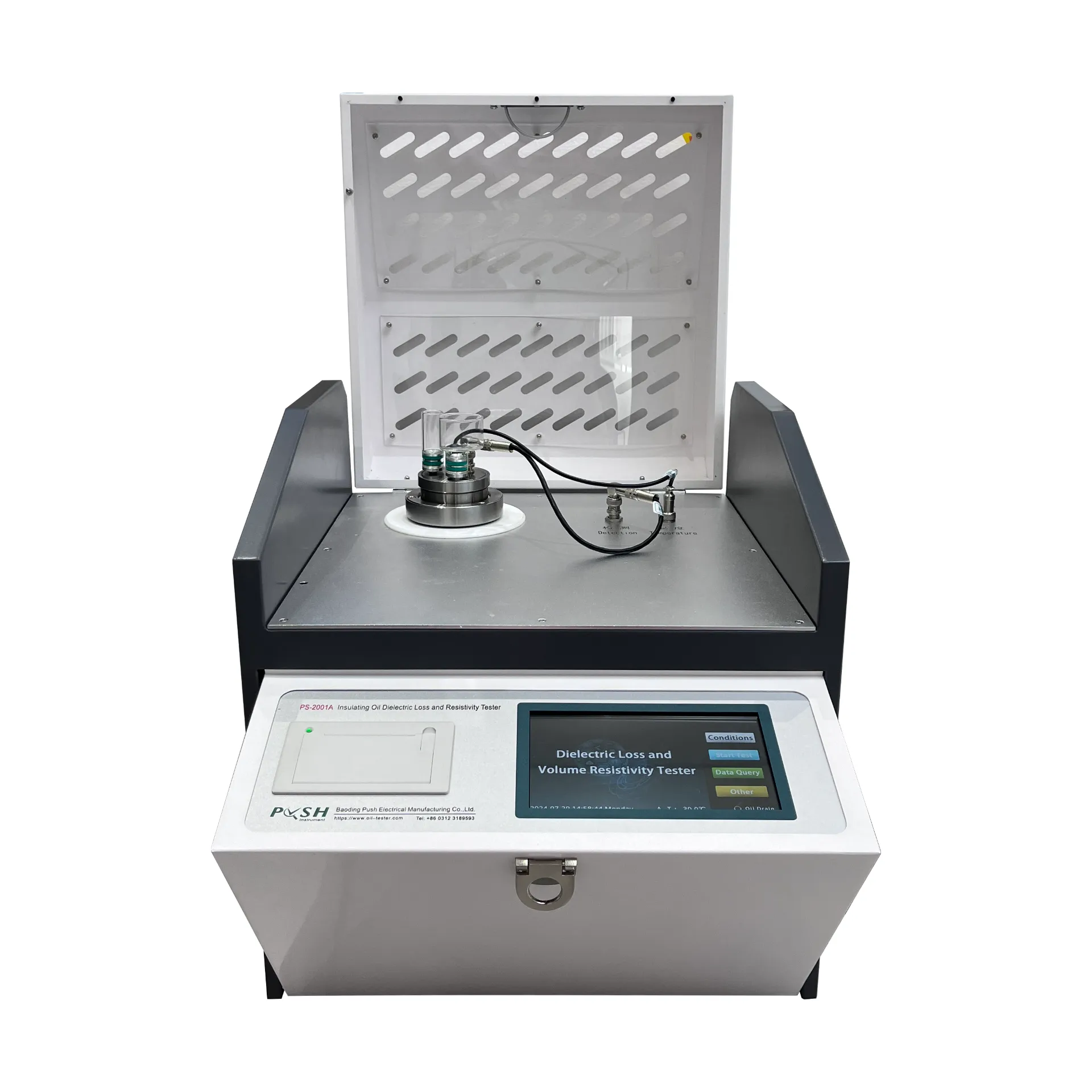 English
English


current transformer knee point
Understanding the Current Transformer Knee Point
Current transformers (CTs) play a crucial role in electrical engineering, especially in the protection and measurement of electrical systems. They are widely used to detect high-current levels and convert them into lower, more manageable values that can be easily read and interpreted by measuring instruments. One essential aspect of current transformers is the knee point voltage, which significantly impacts their performance in protective relaying applications.
What is the Knee Point?
The knee point of a current transformer is defined as the voltage level at which the transformer begins to saturate. Beyond this point, the relationship between the primary current and the secondary current becomes non-linear. This non-linearity can pose problems for protective relays, which rely on accurate readings to make quick decisions in fault conditions. Understanding the knee point is essential in ensuring that CTs function correctly and provide reliable data.
Importance of the Knee Point
The knee point is particularly significant in protection applications. If a current transformer saturates during fault conditions—say, a short circuit—the magnitude of the secondary current may not reflect the true primary current. This discrepancy can lead to incorrect operation of protective devices, potentially causing damage to equipment or failure to clear the fault. Therefore, selecting a current transformer with an appropriately high knee point voltage is critical, especially in systems with high fault currents.
Determining the Knee Point
The knee point voltage is usually determined during the testing of the current transformer. It can be assessed by gradually increasing the primary current while monitoring the secondary output voltage. The point at which the secondary voltage begins to deviate from linearity signifies the knee point. It's important to note that several factors can influence the knee point, including the core material, the design of the transformer, and the winding configurations.
current transformer knee point

Ideal Knee Point Characteristics
For optimal performance, the knee point should ideally be higher than the maximum expected secondary circuit voltage during fault conditions. This ensures that the CT stays within its linear operating range even during severe disturbances. Common industry standards provide guidelines on knee point voltage specifications, allowing engineers to select CTs that match the operational requirements of specific applications.
Applications of Knee Point in Different Industries
1. Power Generation and Distribution In power plants and substations, knowing the knee point helps ensure that protective relays respond accurately, reducing the risk of unwanted outages and equipment damage.
2. Railway Systems In railway systems, where currents can vary dramatically, maintaining a solid understanding of knee points helps in protecting sensitive electronic equipment from potential overloads.
3. Industrial Automation In factories and manufacturing plants, accurate current measurements are essential for monitoring and controlling processes. Understanding the knee point enables better designs for protection circuits, reducing downtime.
Conclusion
The knee point of a current transformer is a vital parameter that directly influences the reliability of electrical protection systems. Engineers and technicians must consider the knee point when selecting and installing current transformers to ensure accurate current measurement and protection. Through careful analysis and testing, one can choose the ideal CT that not only meets the needs of the application but also enhances the overall safety and efficiency of the electrical network. Understanding knee points is not merely a technical detail; it is a safeguard against potential failures in systems where the stakes are incredibly high.
-
Differences between open cup flash point tester and closed cup flash point testerNewsOct.31,2024
-
The Reliable Load Tap ChangerNewsOct.23,2024
-
The Essential Guide to Hipot TestersNewsOct.23,2024
-
The Digital Insulation TesterNewsOct.23,2024
-
The Best Earth Loop Impedance Tester for SaleNewsOct.23,2024
-
Tan Delta Tester--The Essential Tool for Electrical Insulation TestingNewsOct.23,2024





